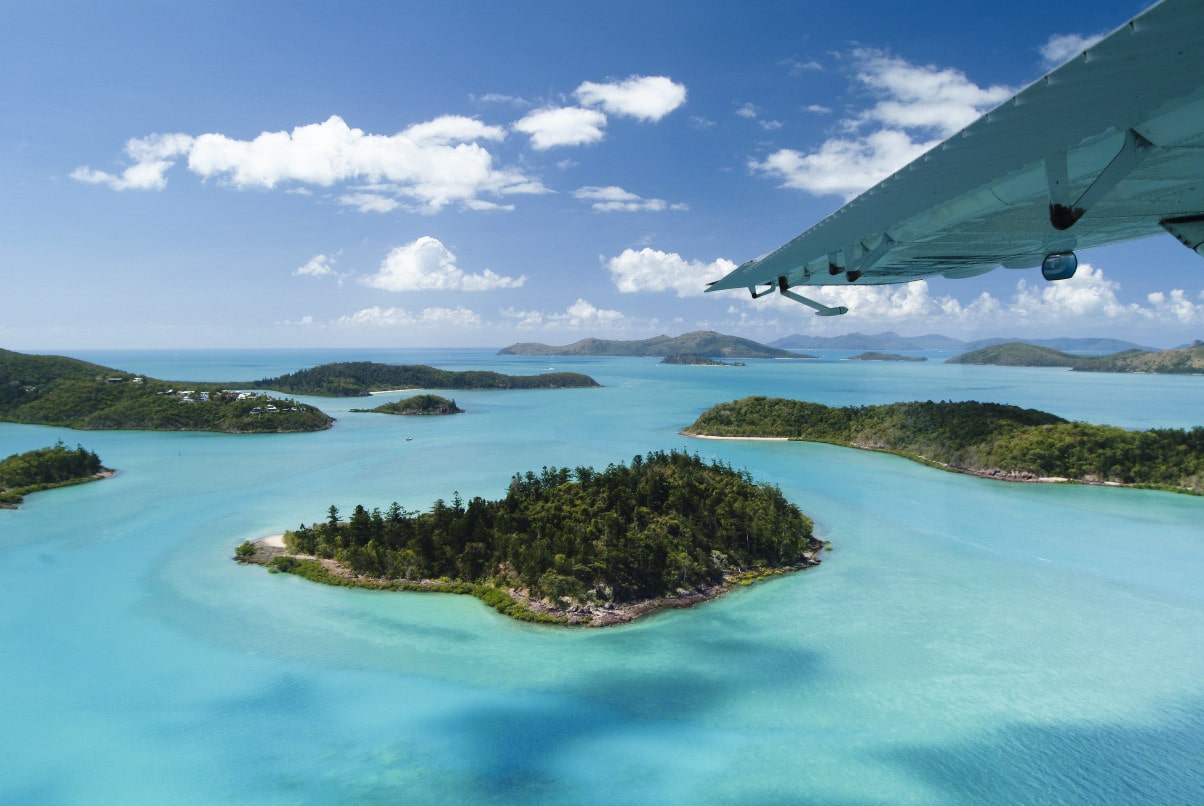Across the world, and for thousands of years, there have been groups of people that choose to live outside the realms of normal society. Often, these are groups of indigenous people, or tribes, who aim to live completely self-sufficiently. Today, it’s estimated that around 150 million people live in tribes, and there are still at least 15 that have never had any form of contact with the Western world – apart from seeing the odd plane go overhead of course!
In years gone by, many of these tribes included powerful warriors who were trained to defend the tribe from external threats and predators, and who were highly skilled in terms of weaponry and combat techniques. With the Rio Olympics underway, it seems like a good time to take a closer look at some of the world’s most legendary warrior tribes, some of which are still in existence today, and also to explore a few fascinating Tinggly experiences that you might want to try if you feel like having your own tribal adventure.
Maori
The Maori of New Zealand are an indigenous tribe that first came to prominence in the 13th century AD. They’re famous for their tattoos (known as ‘moko’) and the high-intensity performances called “kapa haka”, or more commonly,“the haka”. This traditional dance is still performed by the mighty All Blacks rugby team today, and while it was previously performed for several reasons such as celebrating an achievement or welcoming visitors, it was also used as a pre-battle war dance too – imagine yourself on the rugby pitch about to take on the All Blacks – that haka with the protruding tongues and the warlike stances would be pretty intimidating! The Maori people have a rich cultural heritage, and Maori tourism has become extremely popular with curious visitors in recent years. Rotorua on the North Island is one of the best places to explore it.
Amazons
A legendary tribe of ferocious female warriors, the Amazons are thought to have lived close to the modern region of Ukraine. They featured heavily in Greek mythology – wars between the Amazons and the Greeks are depicted in many works of art and pottery from as early as the sixth century BC. Hercules himself even took the Amazon Queen Hippolyta’s magic girdle for his ninth labour in order to become a god, and it was recorded in Homer’s Iliad that this tribe of female warriors were “the equal of men” when it came to battlefield combat. One common theory about them was that they would cut off their right breasts to help them shoot their bows and arrows more effectively. Which seems a little, extreme maybe?
Famously depicted in the iconic 1964 film starring Michael Caine, the Zulus are a Bantu ethnic group from South Africa. They believe in the use of magic and ancestral spiritualism, making offerings and sacrifices for happiness, good health and protection. The Zulus are still the largest tribal group in the country (making up approximately 3.2 million people), and are thought to have been around since the 16th century AD. They were also a military force to be reckoned with during the 1800’s, where male members of the tribe were responsible for defending their homesteads and maintaining their weapons. The mud used at this prestigious South African spa is pretty special – it must be collected by Zulu virgins at Full Moon when the mineral content is at its highest.
Samurais
Some of the most fearsome warriors in the world were the Samurais of Japan. These bloodthirsty nobleman fighters rose to power in the 12th century AD, and dominated Japanese government and society until the Meiji Restoration of 1868 when the country’s feudal system was abolished. They were heavily trained in the ways of “Bushido”, a Samurai code of conduct that focused on honour, discipline and morality. When it came to combat, Samurais carried two swords: a long sword – the katana, as well as a shorter wakizashi sword, both which were seen as extensions of their soul and both of which you would definitely not want to be on the wrong end of, believe us – Samurai warriors lived for the chance of a good fight, and had no fear of death. Very few Samurai still exist, but if you happen to be visiting Kyoto, you may be lucky enough to get a guided tour with this chap, and discover the mystic ways of the warrior.


